Natural Companions
Ken Druse puts together "recipes" for your garden—whether you are looking for a Midwest prairie, a collage of trailing vines, a woodland nook, or a night-blooming palette—showing what to plant for each theme. Each garden "recipe" is captured in these beautiful images by Ellen Hoverkamp. The images are not only stunning, but practical—Druse and Hoverkamp put ground covers at the bottom, shrubs in the middle, and trees at the top.

Read more about what inspired Ken Druse and Ellen Hoverkamp to create these beautiful images for their new book, Natural Companions, in "Ken Druse's Inspiration Book."
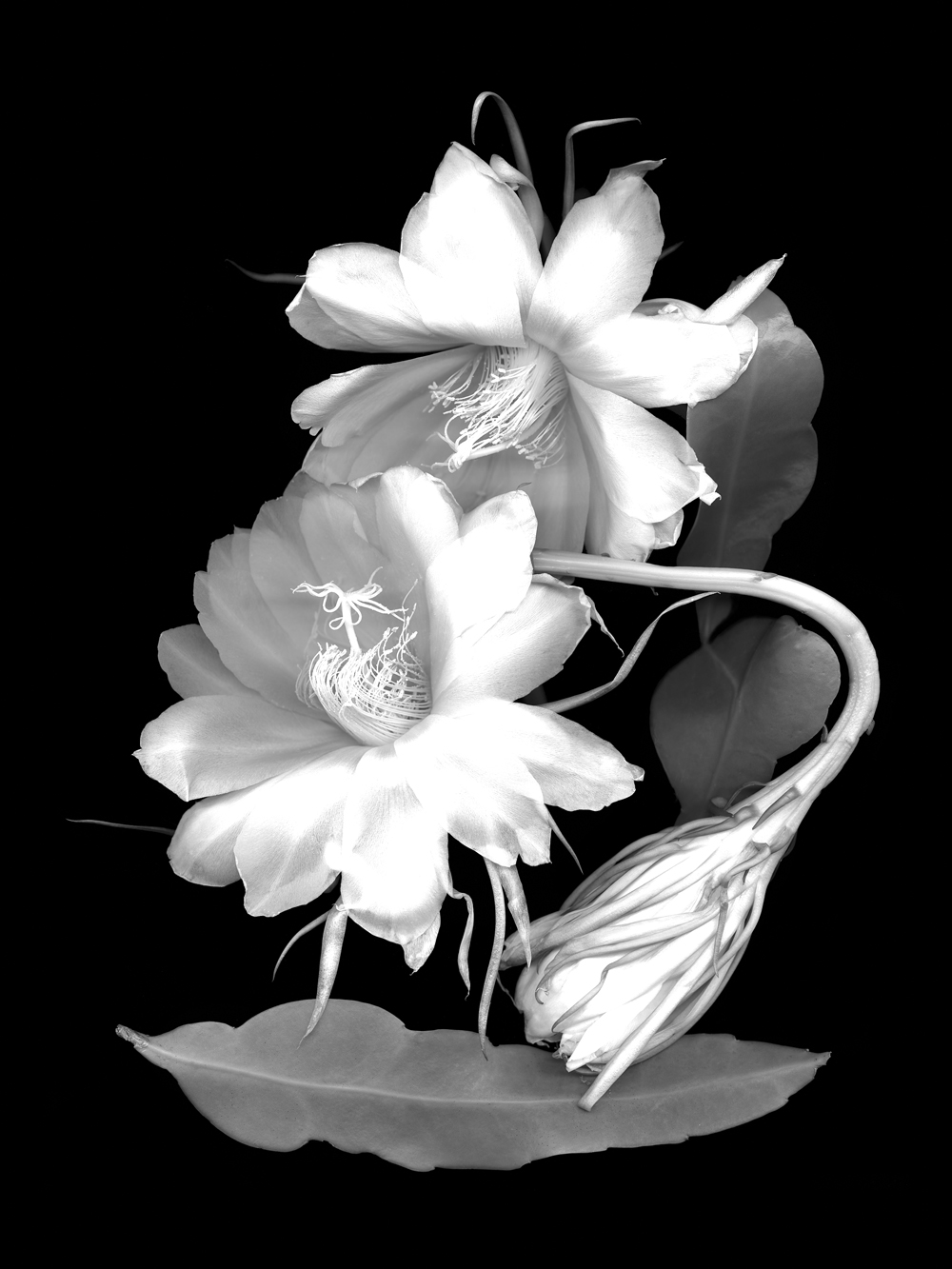
Night Blooming
After darkness falls, the lights come out, with enchanting varieties of evening time flora like this night-blooming cereus (Epiphyllum oxypetalum), which usually opens for just one late-summer evening every year. (Other plants that blossom at night—moonflower or Cestrum nocturnum, say—open with more frequency.) Its fragrant blossoms have a particular pungency that attracts the nocturnal bats who pollinate it.
1. An otherworldly, magical-looking plant whose flowers can get as big as dinner plates, night-blooming cereus (Epiphyllum oxypetalum) requires patience, as it opens infrequently, usually just once a year in late summer. It’s worth the wait, however, as the multiple blossoms—upward of 15 on a mature plant—perfume the night air with a heady fragrance.

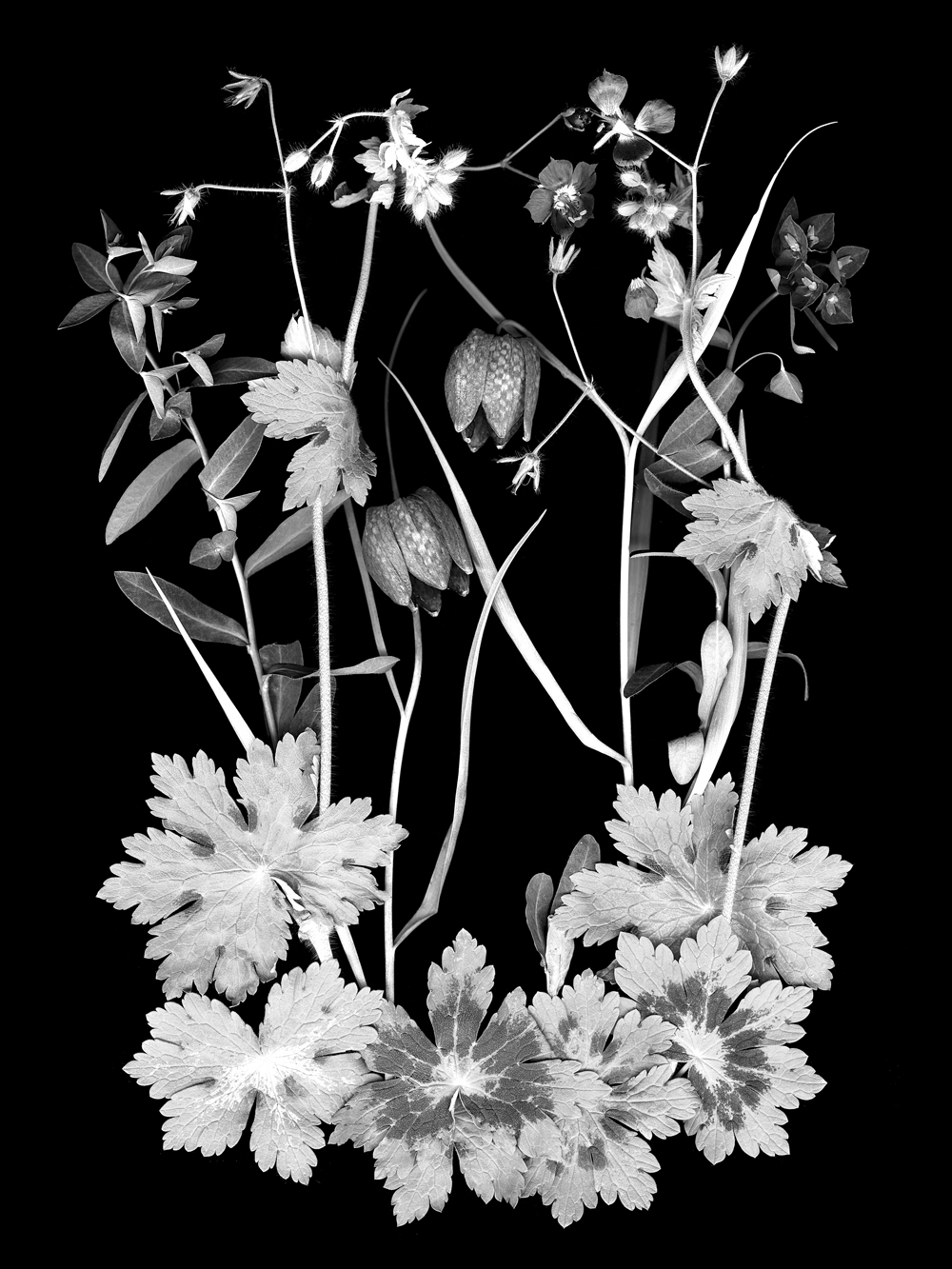
Colors of Distinction
Powerful pairings of exact complements—those opposite the color wheel from each other, like red and green, blue and orange, and yellow and violet—are for gardeners with particular tastes. Understated shades of otherwise-too-obvious pairings, however, can create a subtler effect, as happens when bright green and chocolate-dappled geranium leaves match up with the mauve checkered lily flowers here, all of which are best grown in partially shaded beds.
1. Left: The burgundy foliage and purple-green late-spring bracts of Euphorbia dulcis ‘Chameleon’ contrast smartly against green leaves. 2. Middle: A late-spring bulb, Fritillaria meleagris requires wet soil and partial shade to flourish. 3. Bottom: A brownish purple hue marks the leaves of Geranium phaeum ‘Samobor,’ whose waxy purple flowers shoot up on a spindly stem.


The Spice of Life
Lovely as they are to look at, flowers are fleeting. Foliage, however, can last for months on end, and multihued foliage—leaves and grasses with stripes, edges, or splashes of contrasting colors adorning them—can liven up your border just as well as beautiful blooms. Although white and green is the most common color combination, you can find far more elaborate variations. The canna, aloe, and yucca shown here are just a few to play with.
Clockwise from top left: 1. Red-hot poker or torch lily (aka Kniphofia) have blooms that appear ombréd. 2. Canna ‘Pink Sunburst’ impresses in pink, green, and yellow. 3. The pink buds of Canna ‘Panache’ open to pale apricot and deep pink blooms. 4. The strappy leaves of Cordyline ‘Festival Grass’ match variegated foliage well. 5. Yucca filamentosa ‘Color Guard’ sports bold foliage in yellow and green.

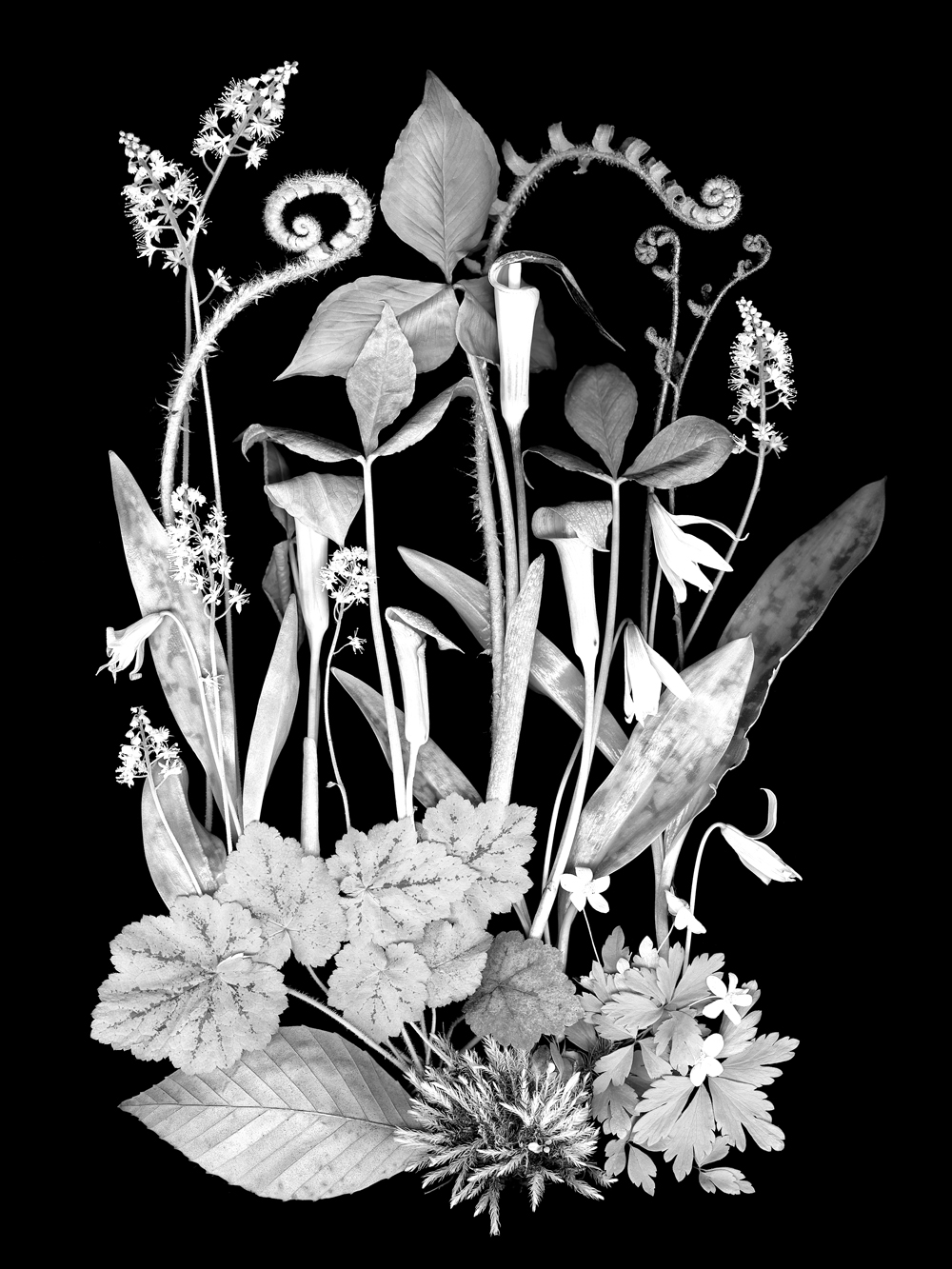
Into the Woods
A fantasy of foliage and flora, this combination of woodland creatures includes many of the native favorites that define the deeply shaded understory of Northeastern forests. In the wild, these verdant ephemerals—ferns, anemone, lilies, foamflowers, and jack-in-the-pulpits among them—do best with plenty of moisture. They all thrive in spring’s rainy weather, but most disappear come summertime, when the humus in which they grow dries up.
Top, left to right: 1. The fluffy flowers of Tiarella cordifolia, a Northeast native, inspire its common name, foamflower. 2. Jack-in-the-pulpits (Arisaema triphyllum) blossom with dramatically hooded blooms. 3. The yellow trout lily (Erythronium americanum) produces large colonies of plants. 4. Bottom: Tiarella leaves are as pretty as their blooms, making them great ground cover.

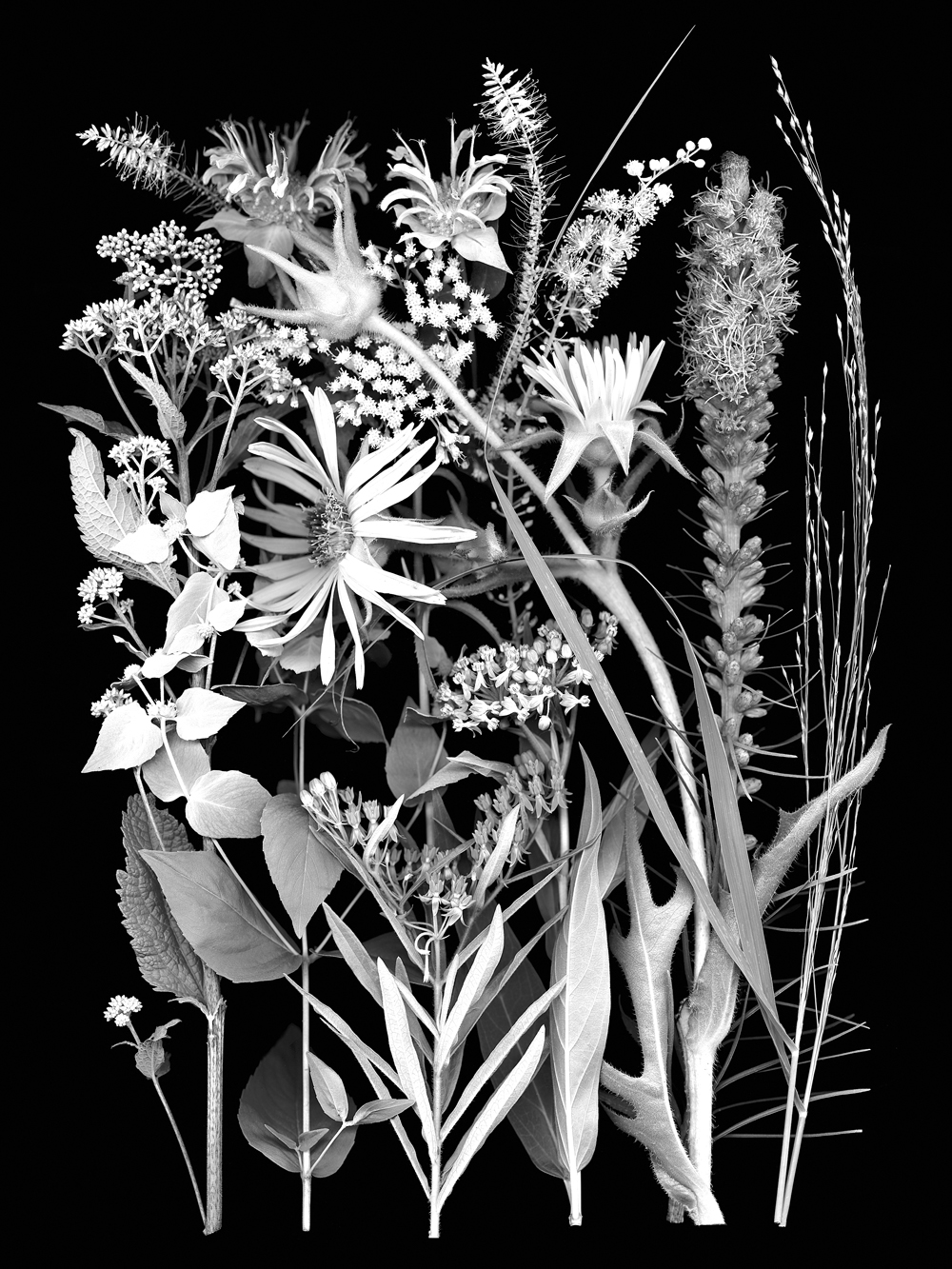
Wide-Open Spaces
Although these wispy plants are native to the tallgrass prairies of the Midwest, they make excellent full-sun garden dwellers across the country, even if you don’t have plans to establish your own meadow at home. Here, flowering herbaceous plants with such evocative names as rattlesnake master, sneezeweed, blazing star, and, of course, black-eyed Susan mix and match perfectly with grasses like big and little bluestem, prairie dropseed, and sideoats grama.
Many of these plants are known to attract butterflies. They also have long blooming seasons, sometimes lasting all summer. 1. Top row, left: Veronicastrum virginicum. 2. Middle row, far left: Eupatorium purpureum subsp. maculatum. 3. Top row, middle: Monarda fistulosa. 4. Middle row, middle: Eupatorium perfoliatum. 5. Top row, far right: Liatris spicata. 6. Far right: Panicum virgatum. 7. Bottom row, left: Pycnanthemum muticum. 8. Bottom row, center: Asclepias incarnata. 9. Bottom row: Asclepias tuberosa.

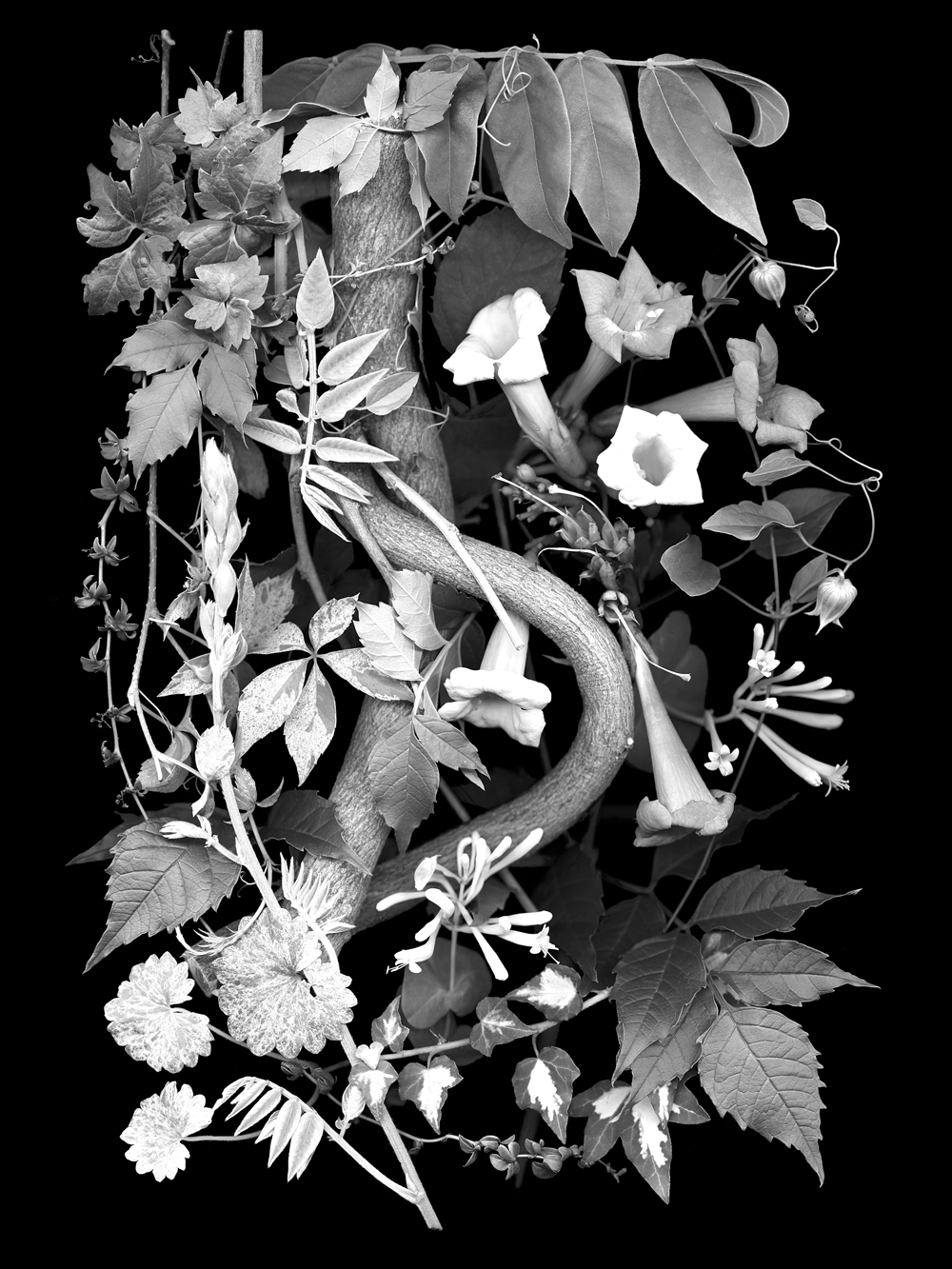
Race for the Top
Whether annual or perennial, herbaceous or woody, shade-growing or sun-seeking, vines can drape, weave, creep, and provide cover all over the garden, making for a variety of different colorful and highly textured surfaces, backdrops, and counterpoints across a landscape. These quick-growing perennial vines include a budding Wisteria venusta ‘Alba’ and a Campsis radicans ‘Jersey Peach,’ whose horn-shape flowers give it its common name, trumpet vine.
Vines grow easily in nearly all climates (some invasively, so beware). 1. Top row, far left: Parthenocissus tricuspidata ‘Lowii.’ 2. Top row, right: Campsis radicans. 3. Second row, right: C. radicans ‘Jersey Peach.’ 4. Third row, far right: Clematis viorna. 5. Third row, far left: Wisteria venusta ‘Alba’ (in bud). 6. Third row, left: Parthenocissus quinquefolia ‘Variegata.’ 7. Third row, right: Lonicera sempervirens ‘John Clayton.’ 8. Bottom row, left: Glechoma hederacea ‘Dappled Light.’ 9. Bottom row, right: Hedera helix ‘Gold Heart.’




